King Charles’ visit to the Vatican could be a turning point in the relationship between the Catholic and Protestant faiths, says Catherine Pepinster. As the first British monarch to pray with the Pope, he is leading the way in healing a centuries-old rift
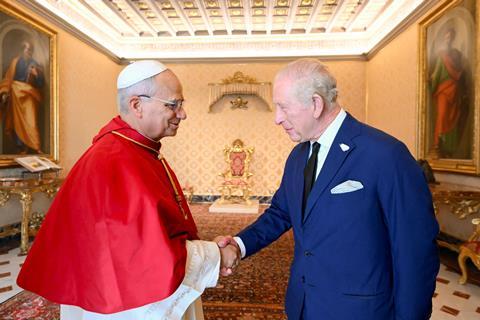
King Charles’ visit to meet Pope Leo XIV will probably come as a welcome relief from headlines about the future of his brother, Prince Andrew. But there is much more to this visit to the Vatican than providing a distraction from cares at home. This is an historic moment.
The King, the Supreme Governor of the Church of England, and the Pope, leader of the world’s 1.3 billion Catholics, have publicly prayed together at a special ecumenical service, held in the Sistine Chapel. This is the beating heart of Catholicism, the place where cardinals gathered in May to elect Robert Prevost to succeed Pope Francis as head of the Church.
Dual purposes
As an official state visit, the King’s encounter with Pope Leo comes at the behest of the Prime Minister, Sir Keir Starmer. Both No 10 and the Foreign Office are keen for the UK’s head of state to engage with Rome regarding global issues such as climate change, peace and disarmament, and education. They know the Vatican has clout around the world as an ethical voice - and influence in countries where Britain’s is not so substantial.
But Buckingham Palace officials, who always take their cue from the monarch, have been keen to stress the religious significance of this visit, too. Certainly, the King has long maintained an interest in all faiths and different Christian denominations. He visited Rome as Prince of Wales, meeting Pope Benedict XVI twice, and had a private audience with Pope Francis just days before the pontiff died in April.
The King also visitied Rome in 2019 for the canonisation of John Henry Newman, who shocked Victorian Britain by converting from Anglicanism to Roman Catholicism. Last month, he visited Newman’s former home in Birmingham, as well as the Birmingham Oratory, the church Newman founded.
The King also led the Royal Family at the funeral of the Duchess of Kent, a Catholic convert, in Westminster Cathedral – thereby openly attending a Roman Catholic Mass. This was something his mother, Elizabeth II, never did in Britain, being cautious about upsetting Protestants with her appearance at such a church service.
Stronger ties
But times have changed, and the King’s openness to the Catholic Church reflects stronger relations between it and the Church of England, as well as the wider Anglican Communion.
This was reflected in the King’s Coronation in 2023, when the pope’s ambassador attended the service and Cardinal Vincent Nichols, head of the Catholic Church in England, participated in the ceremony. A cross given by Pope Francis led the King’s procession.
If this caused raised eyebrows among other denominations, they should have been reassured by the King’s coronation oath to uphold the Protestant religion. It seems King Charles is trying to balance his traditional role as Supreme Governor, while recognising that if he is to be an effective 21st century monarch, he needs to engage with people of different beliefs.
Growing ecumenical warmth between Catholics and Anglicans can also be seen in the King attending a special service at the Basilica of St Paul’s Outside the Walls, where a special chair will be installed in the church for the use of the King and his successors. He will also be given the honorary spiritual title of Confrater of St Paul.
Of course, he holds another spiritual title, Defender of the Faith, first bestowed on Henry VIII by a grateful Pope, before Henry caused rupture between England and Rome with his divorce from Katherine of Aragon and the creation of the Church of England. It has been held by monarchs of this country ever since.
Back in 1994, the then Prince Charles mused he might use an amended title, Defender of Faith, when he became king. But he stuck to the original when he succeeded the throne in 2022. This visit to Rome suggests the relationship, scarred so much in the 16th century, might finally be healed.



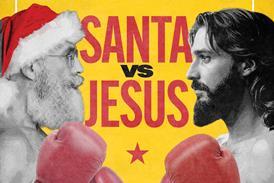
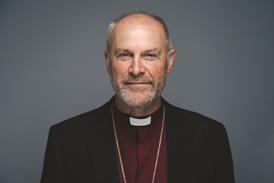
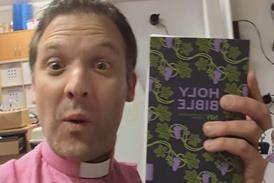
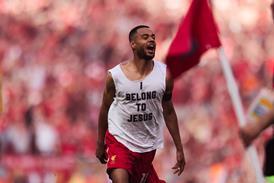


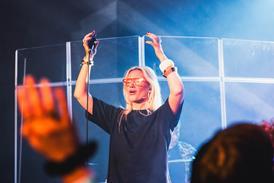
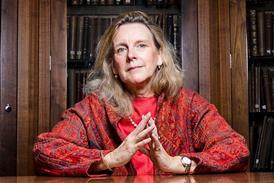
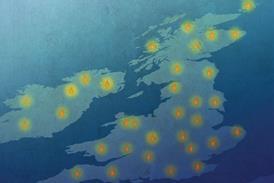

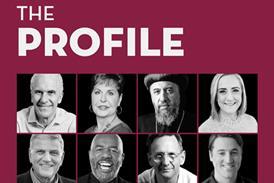

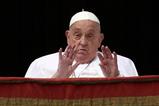
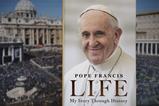

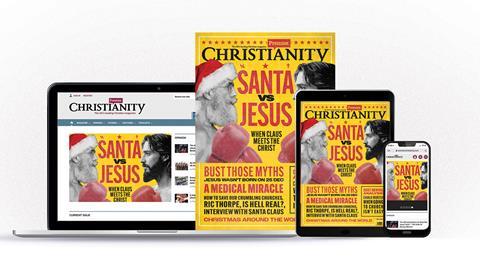




















1 Reader's comment